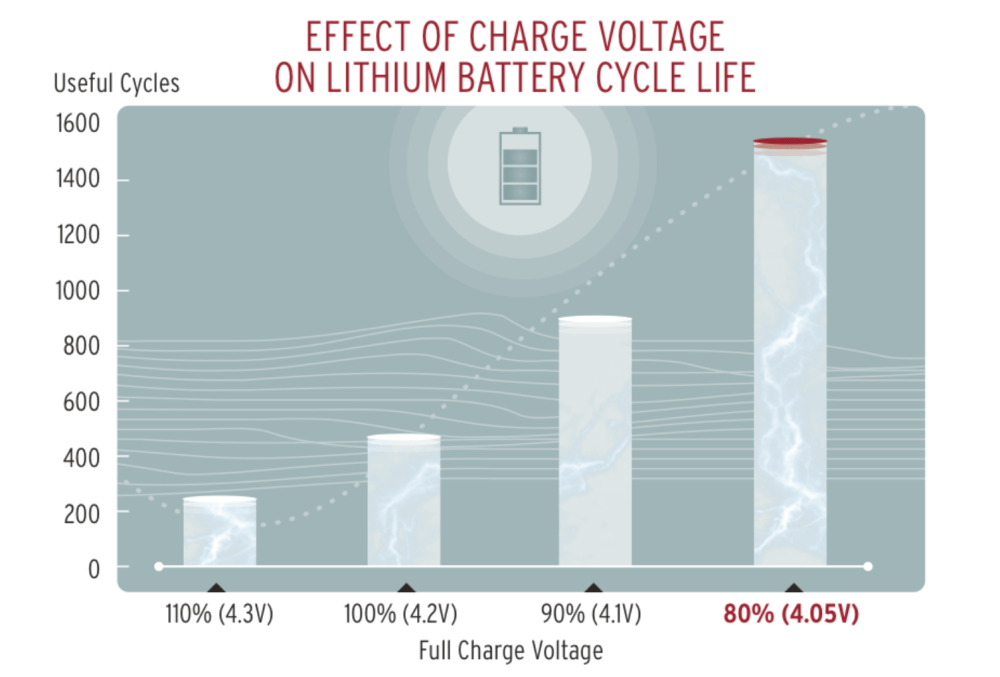Camasonian
Active Member
- Region
- USA
I'm a new owner of a Turbo Vado 5.0
One thing that the bike shop clerk told me is that one gets the longest battery life if one keeps the charge between 20% and 80% or in other words, take it off the charger when you get to 80%.
I found this advice surprising because so many battery powered items these days have sophisticated circuitry to prevent overcharging and you can usually just leave an item on the charger and it will be fine. I'm looking for specific charging instructions in the manual and haven't found this specific information. The manual just says charge until the green light says "charging complete" but doesn't warn against leaving it on the charger past that point.
So what is the correct answer regarding charging these things? Do you just leave it on the charger overnight and get a full charge? Or do you try to manage the charging time to keep it at 80%?
One thing that the bike shop clerk told me is that one gets the longest battery life if one keeps the charge between 20% and 80% or in other words, take it off the charger when you get to 80%.
I found this advice surprising because so many battery powered items these days have sophisticated circuitry to prevent overcharging and you can usually just leave an item on the charger and it will be fine. I'm looking for specific charging instructions in the manual and haven't found this specific information. The manual just says charge until the green light says "charging complete" but doesn't warn against leaving it on the charger past that point.
So what is the correct answer regarding charging these things? Do you just leave it on the charger overnight and get a full charge? Or do you try to manage the charging time to keep it at 80%?
Last edited:



